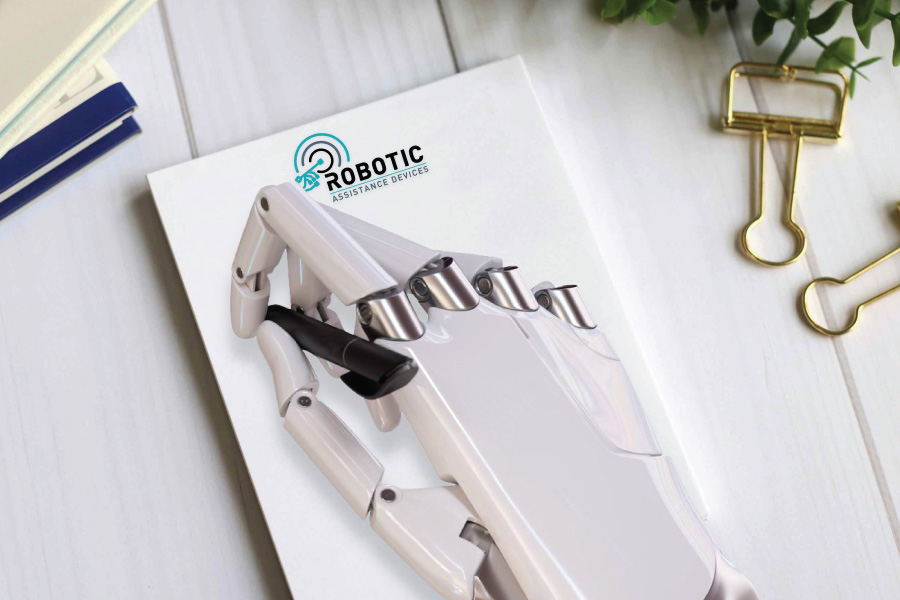It’s been a helluva year. A global pandemic, raging forest fires, civil unrest, and now this: “Millions of Americans have lost jobs in the pandemic – and robots and AI are replacing them faster than ever. ” Thank you, Time Magazine, for that cheerful headline.
For those of us within the security guarding industry, are things really as grim as they sound?
There’s no question – employment across all sectors has been changing for some time, driven by innovations in artificial intelligence and robotics. The Coronavirus has accelerated that process. Management’s concerns over employees’ health, workplace sanitation, and the need for social distancing have turned robots into highly desirable workers. Employers’ skepticism and doubt have been replaced by pragmatism. Plus, employees and customers are suddenly more receptive to interacting with robots if it means a safer experience for themselves.
But there’s a flip side to the virus too. So much social isolation has increased our appreciation of people-as-a-premium; the degree to which we value the unique and irreplaceable nature of human interactions. Telemarketers and pollsters are reporting that never, in their careers, have they had an easier time getting folks to chat with them on the phone. Apple reported record use of its Facetime app in Q2, 2020, and old fashioned phone calls are experiencing a resurgence, replacing cursory texts. Many of us working from home are nostalgic for the socializing and daily human contact that occurred in the office. The truth is that people like interacting with people, and our collective experience since the pandemic began has brought this into stark relief.
Within the security services sector, the opportunity to blend robotic solutions with people-as-a-premium services represents a sweet spot that leverages the best of what each can offer. Yes – we want robots in the workplace when they make sense, but not at the expense of trading away the richness of human interactions.
Robots are ideal for handling mundane, repetitive and dangerous jobs. Equipped with AI and available in all shapes and sizes, today’s machines are now capable of a wide range of security functions. They can process visitors, issue badges, monitor cameras, patrol a property, unlock doors – all with a very high level of reliability and consistency. For the majority of the time, there’s little or no value-add by having these services performed by a person. In fact, interacting with a robot might be preferable; he’s more efficient, accurate, doesn’t take breaks, doesn’t get sick, and since he doesn’t get bored doing mundane tasks all day, he’s never grumpy.
However, when issues do arise, there’s simply no replacement for dealing with a real human being. We know that all too well from our frustrating experiences interacting with automated customer service menus and tech support bots. Security services are no different, and arguably, more mission-critical. Should visitors, employees, or tenants need emergency assistance, directions, or just help in general, they want to connect with a real person; someone who understands what they need immediately and can provide a helpful, timely, and appropriate response.
To this end, Robotic Assistance Devices (RAD) and Centralized Vision (CV) are pleased to announce a partnership through which we are bringing to market the manifestation of “Autonomous Remote Services” – a new paradigm for the guarding industry that marries the power of robotic and AI technologies with the concept of people-as-a-premium. RAD’s full line of robotic solutions, designed to support a wide array of security, facility, concierge, and health screening services, will be seamlessly integrated with CV’s managed services, meaning that when human help is needed, it’s available 24/7 with the push of a button. Human security professionals will also be ready to intervene and respond to any autonomously triggered events that require critical and time-sensitive deliverables. In these situations, the robot can provide powerful eyes and ears, but an analysis of the risk and execution of a response is best driven by people-power.
It’s the best of both worlds; the efficiencies and cost-savings of technology combined with on-demand support from a team of highly trained safety, security, and surveillance professionals capable of providing expert care. This model may certainly eliminate certain types of “drudge work” historically done by human workers, but in terms its net impact on employment, we’d argue that the economics of this new, hybrid approach will open new markets and opportunities for security service roles that emphasize people skills and meaningful interaction. For more on this, [click here.]
The trend toward using robots is here to stay. But are they going to take all of our jobs? Absolutely not. What we have to do is give people the space to change the kind of work they do. And we have to change the idea that mundane and repetitive jobs are good jobs. Let’s leave the drudgery to robots and trust people with more fulfilling, higher-paying human work.
By the way, this whole thing was written by a robot. (Just kidding.)

